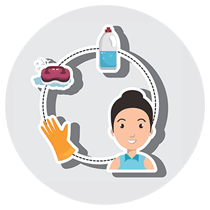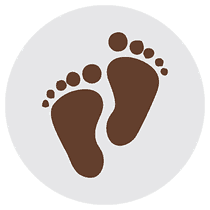Topical Antifungal – Lulibin
The Lulibin cream offers superior efficacy against other topical agents.

The Lulibin cream offers superior efficacy against other topical agents.


LULIBIN CREAM
This leads to increased mycological cure rates. Along with strong antifungal and fungi eradicating activity, this cream also has a good retention in the skin.
Moreover, for Hyperkeratotic Tinea Pedis, one does not necessarily need a combined therapy with urea ointments when using this cream.
Tinea Infections (Tinea cruris, Tinea Corporis & Tinea Pedis).
For topical use only. Lulibin Cream is not for ophthalmic, oral or intravaginal use.
When treating Tinea Cruris or Tinea Corporis, Lulibin Cream should be applied to the affected area and approximately 1 inch of the immediate surrounding area(s) once daily for one (1) week.
When treating interdigital Tinea Pedis, a thin layer of Lulibin Cream should be applied to the affected area and approximately 1 inch of the immediate surrounding area(s) once daily for two (2) weeks.
Tips For Prevention of Fungal Infections 1 :

Regular bathing and body cleansing

Before wearing clothes, drying out the groin area to prevent excess moisture

Make use of protective clothing and wear a hat and sunglasses when stepping out in the sun.

Wearing loose fitting clothes.

Not to share your towel, comb and other utilities with your family members

Laundering clothes of infected person sepeately in hot water and washing with anti-septic agent

Wearing clothes dried under the fan

Wearing clothes after ironing them and placing them separately

Washing your hands with antiseptic and water to prevent the spread of infections

Dusting , wet mop and vacuum the house followed by cleaning with detergent

Keep the hair, nails and scalp clean

Wearing well ventilated shoes with cotton sock

Eating healthy food which boosts immunity

Keep all follow-up appointments with your dermatologist

Wearing clothes immediately after bath

Wearing tight jeans, leggings

Using towel used by other members of the family

Washing personal clothes with other family members clothes

Wearing clothes without ironing them

Scratching on lesions and not washing hands

Walking barefoot in public places.

Sharing comb and other utilities with family members

Eating unhealthy food
1. Care Evidence 2014 Sept 24:9:113 – 24.